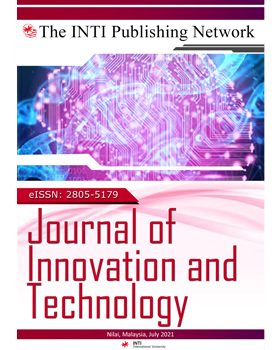Integrating Art Therapy and Emerging Technologies for Enhanced Neuroplasticity and PTSD Intervention
Keywords:
Neuroplasticity, PTSD, Art Therapy, Virtual Reality, BiofeedbackAbstract
Post-traumatic stress disorder (PTSD) remains resistant to many conventional treatments, underscoring the need for integrative approaches that harness neuroplasticity. Art therapy, with its capacity to facilitate nonverbal trauma processing and multisensory engagement, has shown distinctive advantages over verbal and pharmacological interventions. Recent innovations, including virtual reality (VR), artificial intelligence (AI), and biofeedback have amplified the therapeutic efficacy of art-based interventions by enabling adaptive, real-time modulation of emotional and physiological states. This review synthesizes current research on technologically enhanced art therapy, comparing it to established treatments such as cognitive behavioral therapy (CBT) and eye movement desensitization and reprocessing (EMDR). Findings indicate that multimodal interventions leveraging VR and biofeedback foster improved emotional regulation, memory reconsolidation, and resilience, particularly when integrated with conventional methods. The novelty of this work lies in identifying how art therapy, augmented by emerging technologies, activates neuroplastic mechanisms through personalization, multisensory immersion, and closed-loop feedback. The study concludes that future PTSD care will benefit from interdisciplinary collaboration, rigorous empirical validation, and the development of personalized, technology-supported therapeutic ecosystems designed to optimize long-term recovery.
Downloads
Published
How to Cite
Issue
Section
License
Copyright (c) 2025 Journal of Innovation and Technology

This work is licensed under a Creative Commons Attribution 4.0 International License.

